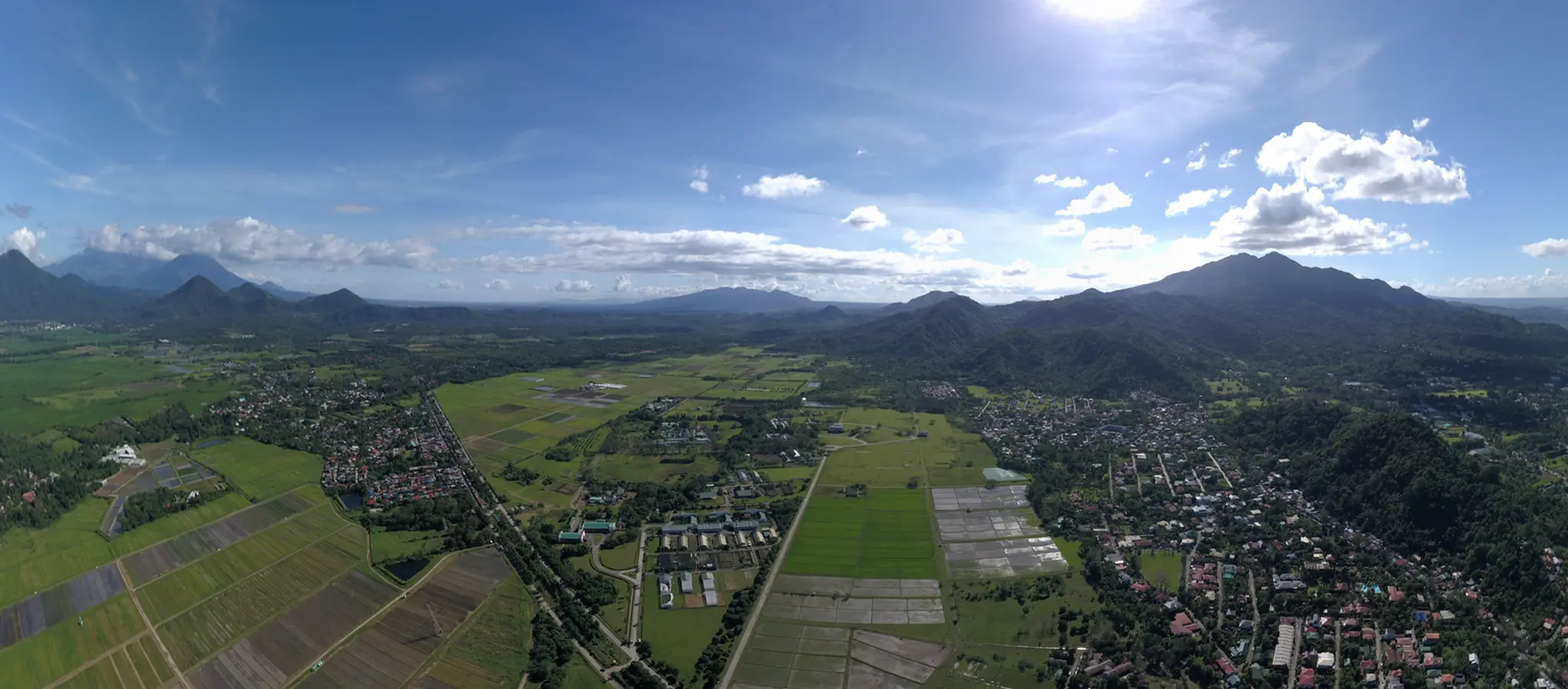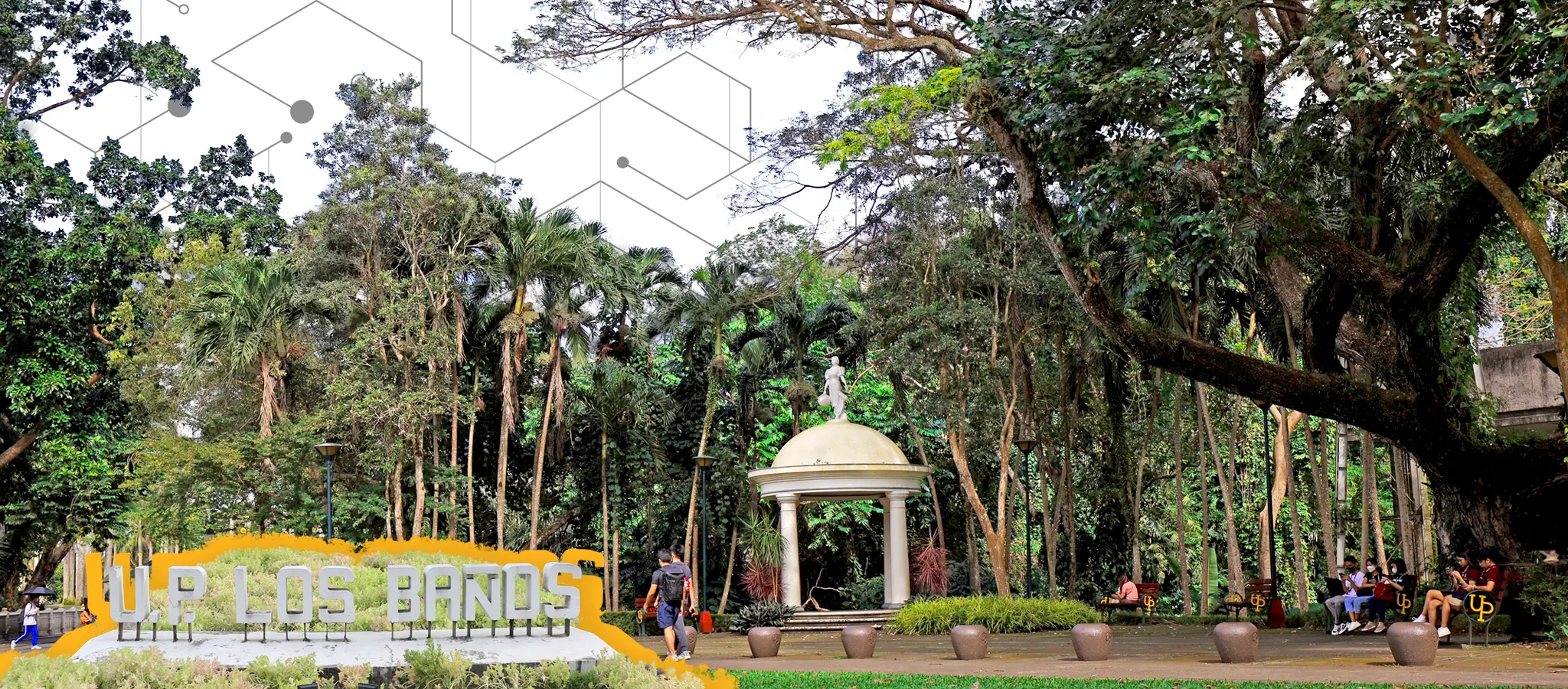
In the wake of the Fourth Industrial Revolution (FIRe), UPLB has been lowly but surely strengthening its computational sciences and arts programs with the Institute of Computer Science (ICS) at the forefront.
The institute has teamed up with different groups in the university to advance multiple research projects in UPLB.
“ICS has been trying to help advance our agriculture and environment sector, but we would not have any progress without the help of different fields of study in the university,” said Jaime Samaniego, former director of ICS.
Collaboration, Samaniego emphasized, is an important aspect when approaching FIRe, and at the Physical Sciences Building, a new laboratory – the UPLB Computational Interdisciplinary Research Labs (CINTERLABS) – tries to embrace just that.
Team-building
Building on the individual strengths of the various academic units, CINTERLABS is creating a research and development niche where researchers – faculty-supervised undergraduate and graduate students from various disciplines – work together to study emerging problems and find creative computational solutions.
“CINTERLABS consists of research laboratories that house different experts working on their projects. The whole layout of this lab promotes interaction, hoping that they will have meaningful partnerships in the end,” explained Samaniego, who also chairs the interdisciplinary laboratory.
“There are times when researchers are not aware of other teams’ capability and research findings. With CINTERLABS, we are breaking this barrier, and hopefully we will come up with fruitful outcomes,” he added.
Emerging Technologies
One of the teams in CINTERLABS is the “drone team” that is made up of researchers from the Physics Division of the College of Arts and Sciences and from the College of Engineering and Agro-industrial Technology. They have been testing drones to process digital images which can determine agricultural crops’ nutritional deficiencies, stress, lack of water, and other problems in agriculture.
The team has also tested the flying machines to monitor other ecosystems, such as forests, coastal areas, and coral reefs.
Another is the ICS team of the Smarter Approaches to Reinvigorate Agriculture as an Industry in the Philippines (SARAI), a program funded by the Philippine Council for Agriculture, Aquatic, and Natural Resources Research and Development (PCAARRD) of the Department of Science and Technology (DOST).
In collaboration with crop experts, data modelers, statisticians, mathematicians, software engineers, and students from ICS. The institute have developed the SARAI Knowledge Portal and various mobile applications for crop advisories.
Also funded by PCAARRD and housed in the CINTERLABS are the projects Knowledge Management of Agriculture, Aquatic, and Natural Resources (KM of AANR) and Swine Cart: An E-Commerce System for Breeder Swine and Boar Semen.
The KM of AANR aims to provide an online platform for DOST-PCAARRD Innovations and Technology Center, and develop a KM system in streamlining knowledge sharing on research outputs of the AANR sector.
On the other hand, the Swine Cart project seeks to bridge the gap between the producers and the consumers of breeder swine and boar semen through an e-commerce system. Now at its Phase 2, the project team from CINTERLABS plans to deploy it to make it available to its target users and stakeholders.
The other teams from CINTERLABS are the Human-Computer Interaction team, Graphics and Image Processing team who are working on the Digital Laguna Project, and the Bioinformatics team.
“Having a common physical space for collaborations among different disciplines provides an enabling environment,” said Rikki Lee Mendiola, one of the researchers working for the KM and Swine Cart projects.
“Running into a colleague while getting a cup of coffee can mean a chat about how the project is going or a random new idea. The space means you can bring together experts from various fields and foster mentorships with junior researchers,” Mendiola explained.
Little by little, UPLB is putting together the building blocks to help various sectors in the country level up to FIRe’s challenges. Like any other process of developing technologies, the rest of the teams involved are still in the phase of exploration and tinkering.
But soon, all of their collaboration efforts shall result in sophisticated tools to help advance different research disciplines in the university, and slowly but surely, in the whole country.
Share this on:



